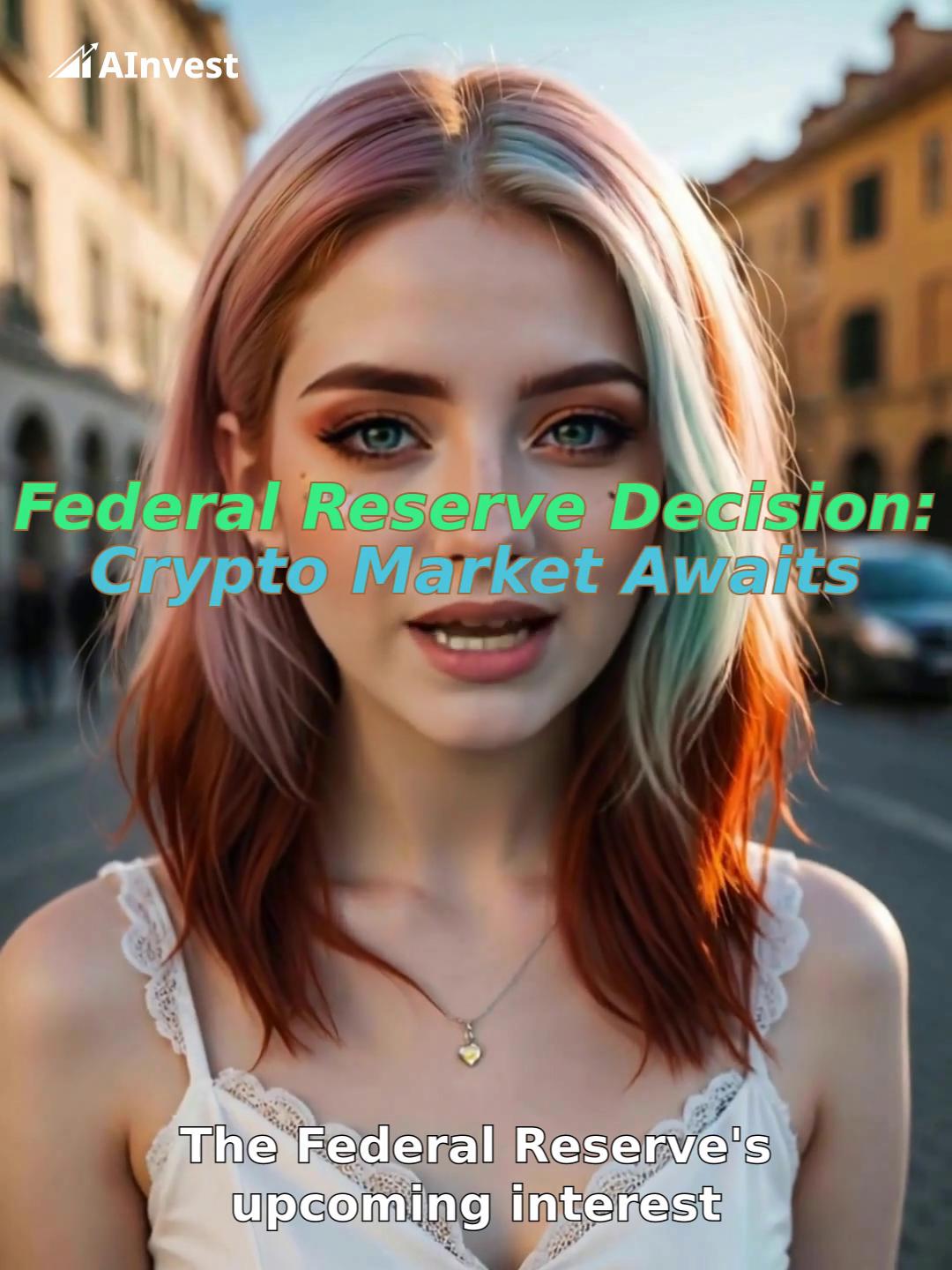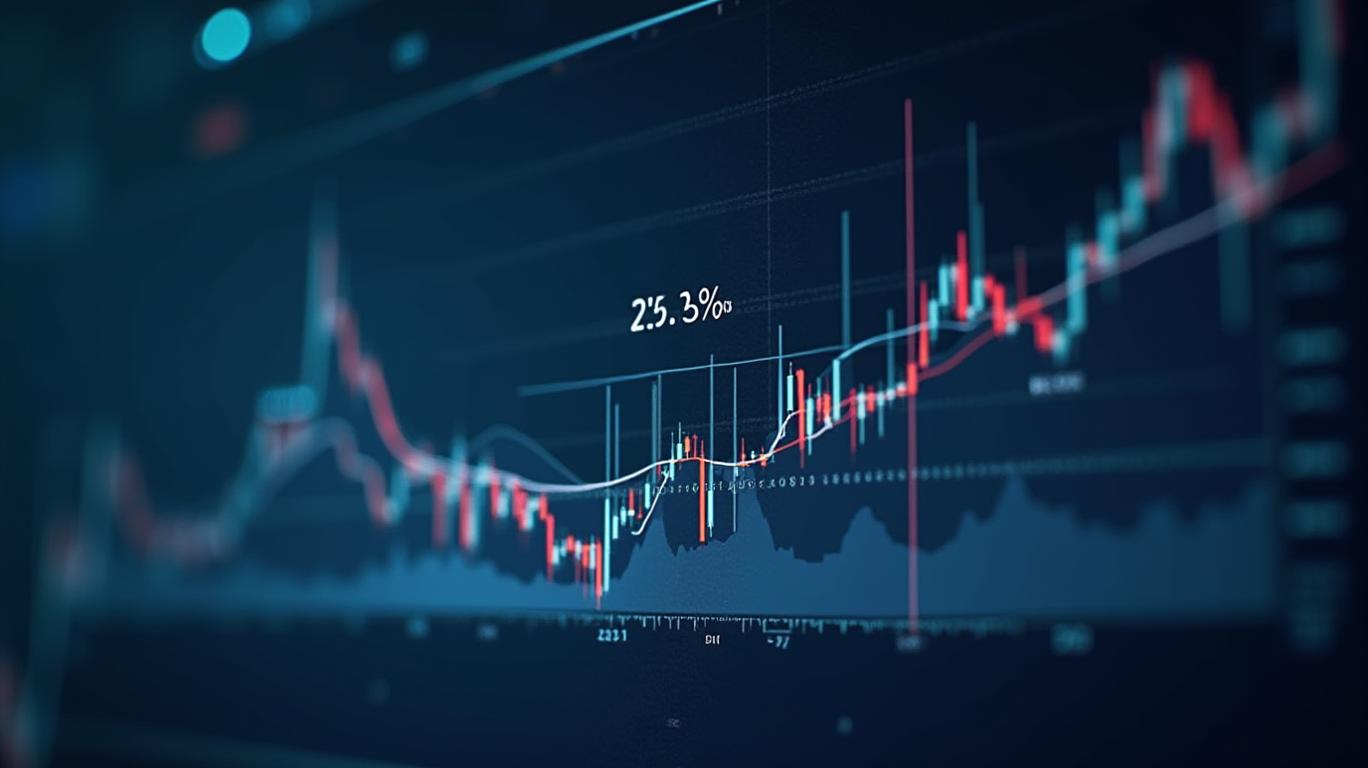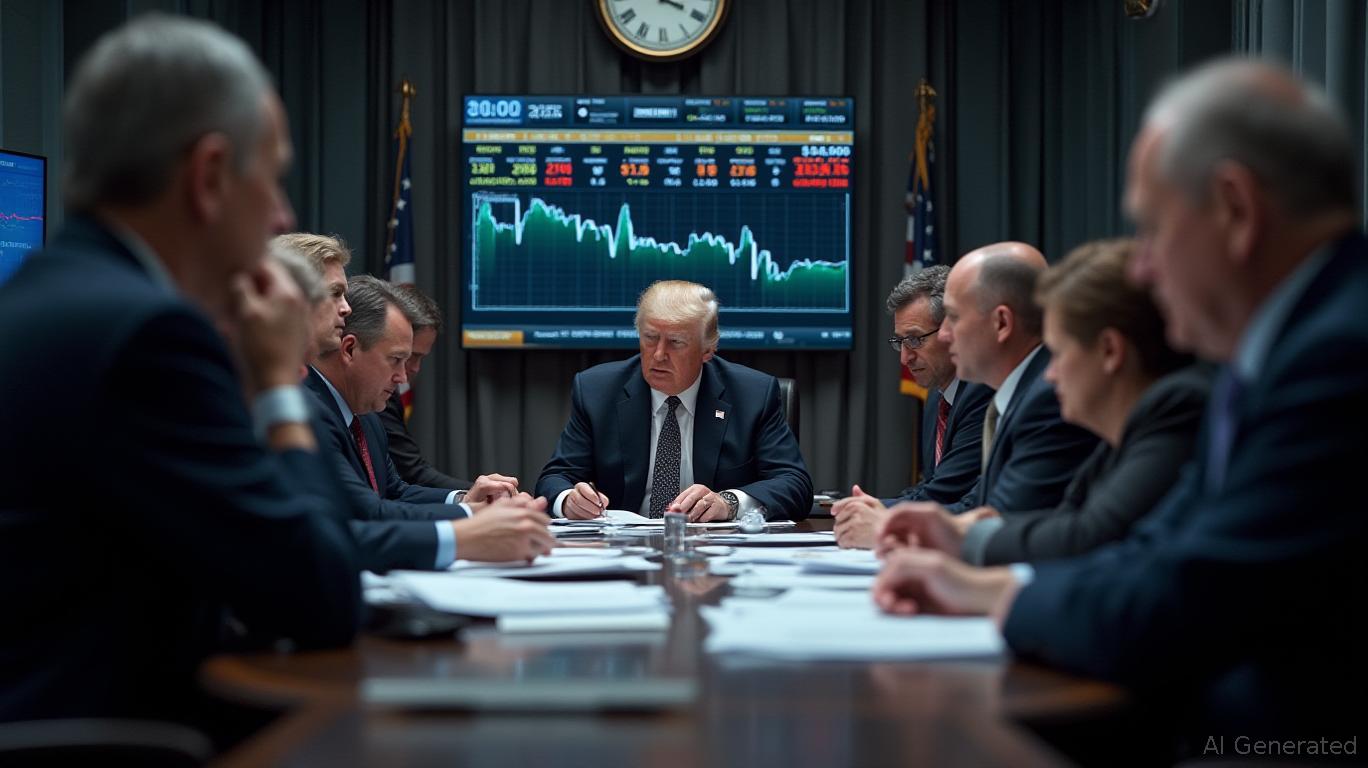Market in Limbo: Wall Street Braces for Fed's Inflation Reading
Tuesday, Nov 26, 2024 6:14 pm ET
As the clock ticks down to the Federal Reserve's preferred inflation reading, Wall Street finds itself in a state of limbo. Stock futures are little changed, with investors on edge, eagerly awaiting the update that could shape the market's trajectory in the weeks ahead. This article delves into the factors influencing the market's cautious stance and explores how the Fed's reading could impact the broader market sentiment.
Inflation has been a hot topic for investors in recent months, with concerns over its potential impact on the economy and stock prices. The Federal Reserve Bank of Cleveland's Inflation Expectations model offers valuable insights into investors' perceptions. As of November 2024, the 10-year expected inflation rate stands at 2.3%, down from its peak of 4.3% in March 2023. This downward trend reflects investors' growing confidence that inflation is easing, fostering stability in stock futures.

However, market sentiment remains vigilant for signs of persistently high or accelerating inflation, which could lead to adjustments in interest rates and stock prices. The upcoming PCE reading will provide insight into whether inflation is continuing to cool or stabilizing at a higher level. This could potentially impact the Fed's decision on further rate cuts, given the new administration's policies and the recent presidential election.
The market's perception of inflation has evolved in recent months, with expectations decreasing. In October 2024, the Federal Reserve Bank of New York's survey found that consumers anticipated prices to rise just 2.9% in the next year, the lowest such measure in nearly four years. This shift in expectations reflects a growing confidence that inflation is easing, potentially impacting the reaction to the Fed's reading.
A higher-than-expected inflation reading could signal a pickup in prices, prompting the Fed to maintain or even tighten its monetary policy. This could negatively impact the stock market, as higher interest rates make bonds more attractive relative to stocks, reducing demand for equities. Conversely, a lower-than-expected reading could indicate a slowdown in price increases, prompting the Fed to ease its stance and lower interest rates, which would be bullish for stocks.
Energy and agriculture sectors are most sensitive to inflation. Higher inflation can lead to increased input costs, impacting energy and food prices. If the Fed's preferred inflation reading (PCE) confirms a slowdown, energy stocks like ExxonMobil and Chevron may dip due to lower demand expectations. Conversely, if inflation accelerates, these stocks could rebound.
In conclusion, as Wall Street braces for the Fed's inflation reading, the market finds itself in a state of limbo. With investors' expectations of inflation decreasing and a growing confidence in its easing, the market remains vigilant for signs of persistently high or accelerating inflation. The upcoming PCE reading will provide valuable insight into the trajectory of inflation and its potential impact on the broader market sentiment. As investors await the Fed's update, they must stay informed and adapt their strategies accordingly to navigate the ever-evolving market landscape.
Inflation has been a hot topic for investors in recent months, with concerns over its potential impact on the economy and stock prices. The Federal Reserve Bank of Cleveland's Inflation Expectations model offers valuable insights into investors' perceptions. As of November 2024, the 10-year expected inflation rate stands at 2.3%, down from its peak of 4.3% in March 2023. This downward trend reflects investors' growing confidence that inflation is easing, fostering stability in stock futures.

However, market sentiment remains vigilant for signs of persistently high or accelerating inflation, which could lead to adjustments in interest rates and stock prices. The upcoming PCE reading will provide insight into whether inflation is continuing to cool or stabilizing at a higher level. This could potentially impact the Fed's decision on further rate cuts, given the new administration's policies and the recent presidential election.
The market's perception of inflation has evolved in recent months, with expectations decreasing. In October 2024, the Federal Reserve Bank of New York's survey found that consumers anticipated prices to rise just 2.9% in the next year, the lowest such measure in nearly four years. This shift in expectations reflects a growing confidence that inflation is easing, potentially impacting the reaction to the Fed's reading.
BBAI, SMR, CELH, MBLY, APLD...Market Cap, Turnover Rate...
A higher-than-expected inflation reading could signal a pickup in prices, prompting the Fed to maintain or even tighten its monetary policy. This could negatively impact the stock market, as higher interest rates make bonds more attractive relative to stocks, reducing demand for equities. Conversely, a lower-than-expected reading could indicate a slowdown in price increases, prompting the Fed to ease its stance and lower interest rates, which would be bullish for stocks.
Energy and agriculture sectors are most sensitive to inflation. Higher inflation can lead to increased input costs, impacting energy and food prices. If the Fed's preferred inflation reading (PCE) confirms a slowdown, energy stocks like ExxonMobil and Chevron may dip due to lower demand expectations. Conversely, if inflation accelerates, these stocks could rebound.
In conclusion, as Wall Street braces for the Fed's inflation reading, the market finds itself in a state of limbo. With investors' expectations of inflation decreasing and a growing confidence in its easing, the market remains vigilant for signs of persistently high or accelerating inflation. The upcoming PCE reading will provide valuable insight into the trajectory of inflation and its potential impact on the broader market sentiment. As investors await the Fed's update, they must stay informed and adapt their strategies accordingly to navigate the ever-evolving market landscape.










Quick tip from my own experience: starting small and scaling up has been my go-to for the last 10 years. I still remembered my hand was shaking when I clicked "trade" the first time, although It was like only 10000 USDT. It's kinda like leveling up in a game, where you get stronger as you go. This strategy has seriously paid off, turning a little into a lot over time. Thank you professional trader Karla Ellison for helping me out on my investment journey. All thanks to KARLA ELLISON on Facebook